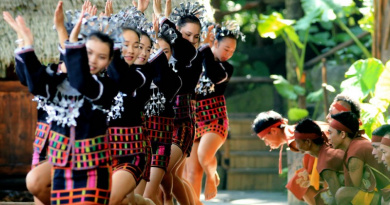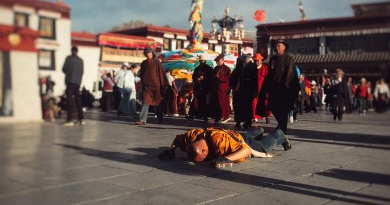Sichuan – More than Pandas
Sichuan is home to the adorable pandas, but it’s much more than pandas. At the southwest of China, it is rich in history and natural resources. Its capital, Chengdu, is a modern city where traditional cultural heritage co-exist with modern shopping malls, luxury hotels and high rises building.
UNESCO World Heritage sites in Sichuan
Mount Qincheng and Dujiangyan Irrigation System – Mount Qincheng is believed to be the birth place of Taoism and is celebrated in a number of ancient temples. Dujiangyan Irrigation System was built in 3rd BC, producing the fertile Chengdu plains for agriculture.
Huanglong – it’s historic and scenic. There is mountain landscape, diverse forest ecosystem, offering an ideal habitat for a number of endangered animals including the giant panda and the snub-nosed monkey.
Jiuzhaigou Valley – this famous landscape on the Qinghai-Tibet plateau attract thousands of visitors every year. The colours of its waterfalls, lakes, fauna is so dazzling and magnificent that it cannot be described in words.
Mount Emei and Leshan Giant Buddha – Mount Emei is a holy Buddhism site where the first Buddhist Temple was built in 1st AD. The Leshan Giant Buddha was craved out from a hillside, constructed during the 8th century, is a remarkable piece of art work.
Sichuan Giant Panda Reserves – it is home of the Giant panda and other endangered animals including Red Panda, Snow Leopard and Clouded Leopard.
You can easily make side trips or even day trips from Chengdu to visit these sites. While in Chengdu, there are the famous Sichuan opera including the amazing ‘Face Change’ performance, have a taste of the spicy Sichuan cuisine and enjoy the tea culture in Sichuan.




